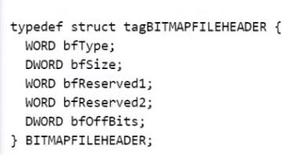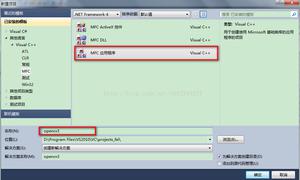Python 读取目录、文件

在读文件的时候往往需要遍历文件夹,python的os.path包含了很多文件、文件夹操作的方法。下面列出:
os.path.abspath(path) #返回绝对路径
os.path.basename(path) #返回文件名
os.path.commonprefix(list) #返回多个路径中,所有path共有的最长的路径。
os.path.dirname(path) #返回文件路径
os.path.exists(path) #路径存在则返回True,路径损坏返回False
os.path.lexists #路径存在则返回True,路径损坏也返回True
os.path.expanduser(path) #把path中包含的"~"和"~user"转换成用户目录
os.path.expandvars(path) #根据环境变量的值替换path中包含的”$name”和”${name}”
os.path.getatime(path) #返回最后一次进入此path的时间。
os.path.getmtime(path) #返回在此path下最后一次修改的时间。
os.path.getctime(path) #返回path的大小
os.path.getsize(path) #返回文件大小,如果文件不存在就返回错误
os.path.isabs(path) #判断是否为绝对路径
os.path.isfile(path) #判断路径是否为文件
os.path.isdir(path) #判断路径是否为目录
os.path.islink(path) #判断路径是否为链接
os.path.ismount(path) #判断路径是否为挂载点()
os.path.join(path1[, path2[, ...]]) #把目录和文件名合成一个路径
os.path.normcase(path) #转换path的大小写和斜杠
os.path.normpath(path) #规范path字符串形式
os.path.realpath(path) #返回path的真实路径
os.path.relpath(path[, start]) #从start开始计算相对路径
os.path.samefile(path1, path2) #判断目录或文件是否相同
os.path.sameopenfile(fp1, fp2) #判断fp1和fp2是否指向同一文件
os.path.samestat(stat1, stat2) #判断stat tuple stat1和stat2是否指向同一个文件
os.path.split(path) #把路径分割成dirname和basename,返回一个元组
os.path.splitdrive(path) #一般用在windows下,返回驱动器名和路径组成的元组
os.path.splitext(path) #分割路径,返回路径名和文件扩展名的元组
os.path.splitunc(path) #把路径分割为加载点与文件
os.path.walk(path, visit, arg) #遍历path,进入每个目录都调用visit函数,visit函数必须有3个参数(arg, dirname, names),dirname表示当前目录的目录名,names代表当前目录下的所有文件名,args则为walk的第三个参数
os.path.supports_unicode_filenames #设置是否支持unicode路径名
os.listdir(root_path) #列出root_path文件夹下所有的目录与文件
def analyze_path(path):print("abspath:", os.path.abspath(path))
print("basename:", os.path.basename(path))
print("dirname:", os.path.dirname(path))
print("exists:", os.path.exists(path))
print("atime:", os.path.getatime(path))
print("normcase:", os.path.normcase(path))
print("normpath:", os.path.normpath(path))
print("realpath:", os.path.realpath(path))
print("join:", os.path.join("F:\\test\\", os.path.basename(path)))
print("splitdrive:", os.path.splitdrive(path))
print("splitunc:", os.path.splitunc(path))
def main():
path = "E:\\Users\\Administrator\\eclipse-workspace\\com.leagsoft\\test\\example.csv"
analyze_path(path)
if __name__ == "__main__":
main()
输出:
abspath: E:\Users\Administrator\eclipse-workspace\com.leagsoft\test\example.csvbasename: example.csv
dirname: E:\Users\Administrator\eclipse-workspace\com.leagsoft\test
exists: True
atime: 1537200000.0
normcase: e:\users\administrator\eclipse-workspace\com.leagsoft\test\example.csv
normpath: E:\Users\Administrator\eclipse-workspace\com.leagsoft\test\example.csv
realpath: E:\Users\Administrator\eclipse-workspace\com.leagsoft\test\example.csv
join: F:\test\example.csv
splitdrive: ('E:', '\\Users\\Administrator\\eclipse-workspace\\com.leagsoft\\test\\example.csv')
splitunc: ('', 'E:\\Users\\Administrator\\eclipse-workspace\\com.leagsoft\\test\\example.csv')
遍历文件和目录:
rootdir = 'F:\data'list = os.listdir(rootdir) #列出文件夹下所有的目录与文件
for i in range(0,len(list)):
path = os.path.join(rootdir,list[i])
if os.path.isfile(path):
#你想对文件的操作
Reference:
[1] http://www.cnblogs.com/WonderHow/p/4403727.html
以上是 Python 读取目录、文件 的全部内容, 来源链接: utcz.com/z/388317.html






